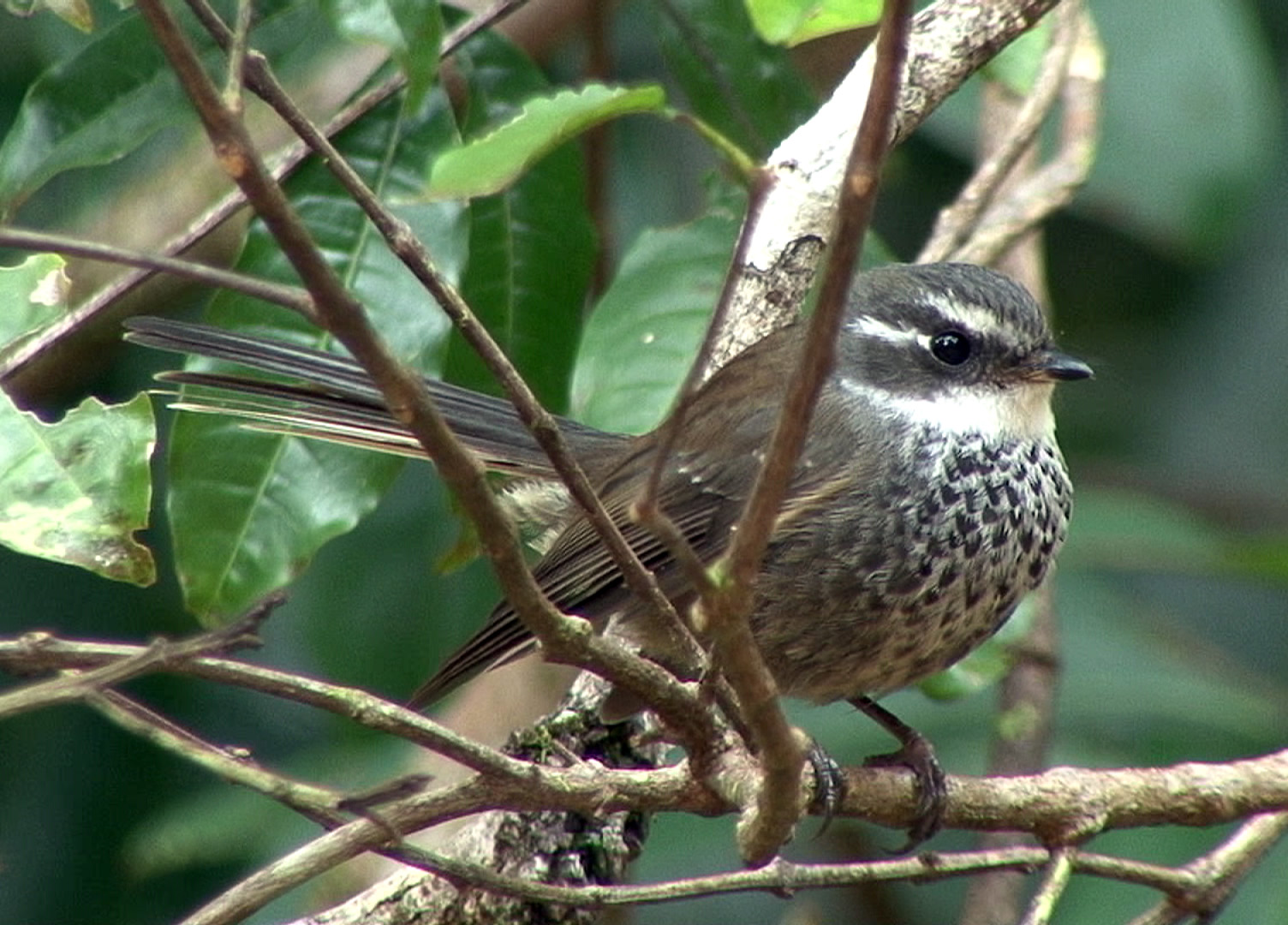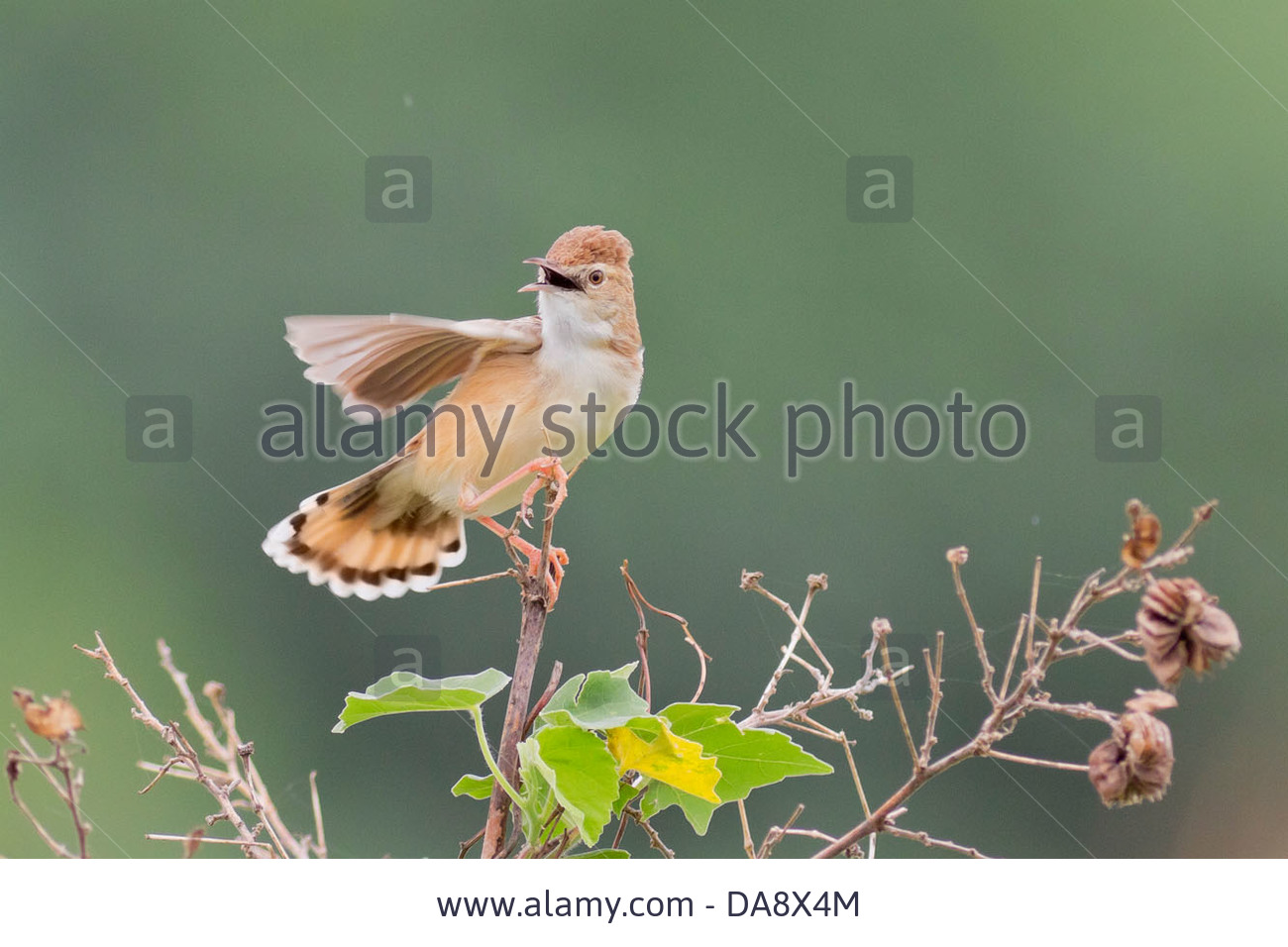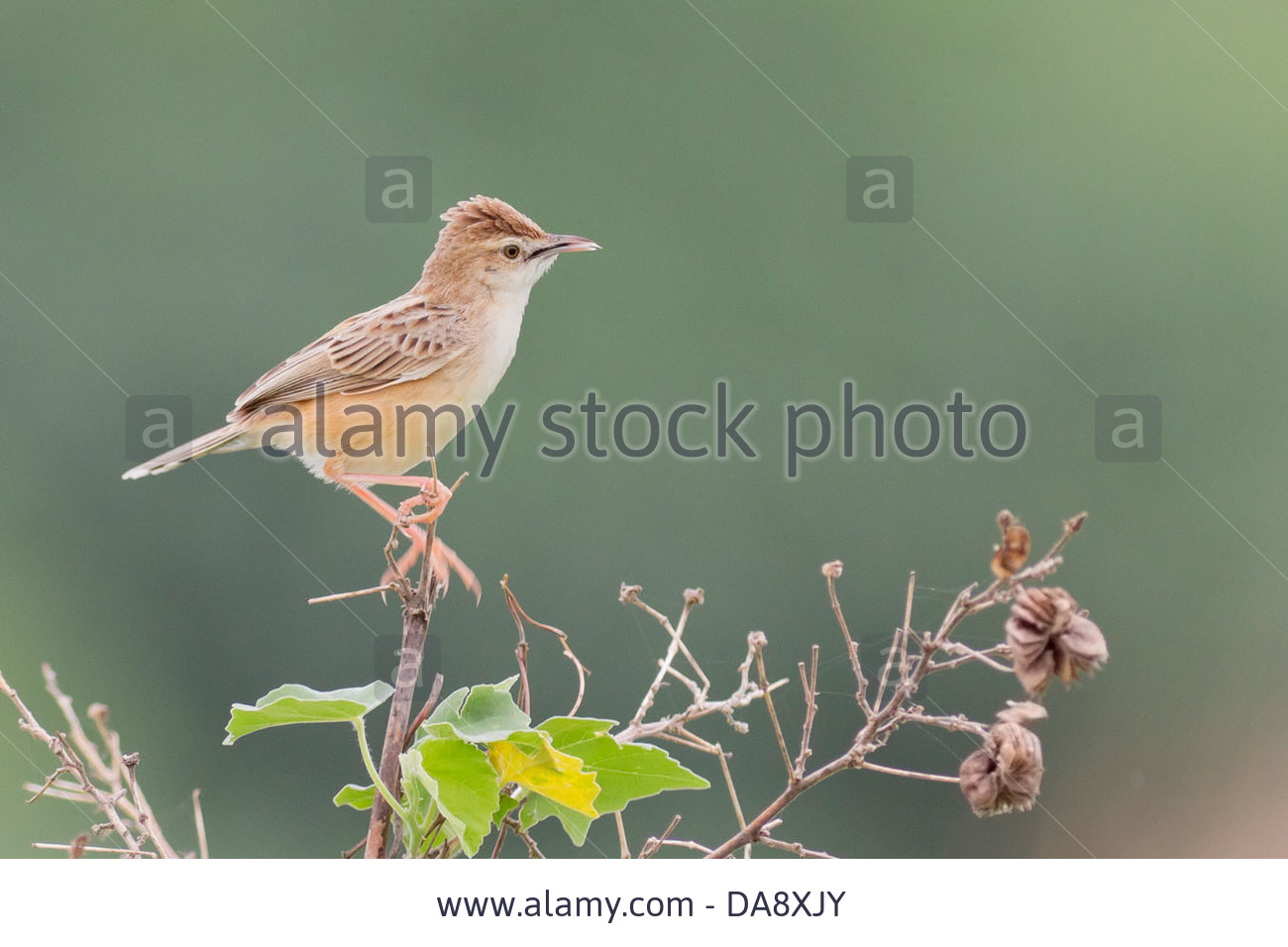
Rhipidura spilodera
TAXONOMY
Rhipidura spilodera G.R. Gray, 1870, Vanua Lava, New Hebrides.
Five subspecies.
OTHER COMMON NAMES
French: Rhipidure tachetй; German: Fleckenfдcherschwanz;
Spanish: Cola de Abanico Moteado.
PHYSICAL CHARACTERISTICS
6.3–7.1 in (16–18 cm); female 0.3–0.35 oz (9.2-10.2 g), male
0.4 oz (11-12 g). Olive-brown upperparts with gray-brown tail
feathers and two white wing bars. White brow stripe and
throat, with scaly brown pattern on white breast. Abdomen is
whitish buff.
DISTRIBUTION
R. s. verreauxi: New Caledonia and Loyalty Islands; R. s. spilodera:
Central and northern Vanuatu; R. s. layardi: western Fiji;
R. s. erythronota: northern Fiji; R. s. rufilateralis: northeastern
Fiji.
HABITAT
True forest and forest edge, occasionally secondary growth and
gardens. Occurs up to 3,960 ft (1,200 m).
BEHAVIOR
An active, restless, bold, and inquisitive bird. It frequents lower
levels in the forest. The song is a pleasant series of 4–5 notes.
FEEDING ECOLOGY AND DIET
This fantail is an active feeder in the understory, capturing insects
by gleaning and hawking. It frequently joins mixedspecies
feeding flocks.
REPRODUCTIVE BIOLOGY
The breeding season on New Caledonia and Vanuatu is
Oct.–Jan. Two spotted eggs are laid in the small cup nest,
which is situated in the lower strata, 6.6–10 ft (2–3 m) from
the ground. Both parents share the nesting duties.
CONSERVATION STATUS
Common.
SIGNIFICANCE TO HUMANS
None known.
Photo Gallery of - Streaked fantail




 Animalia Life
Animalia Life